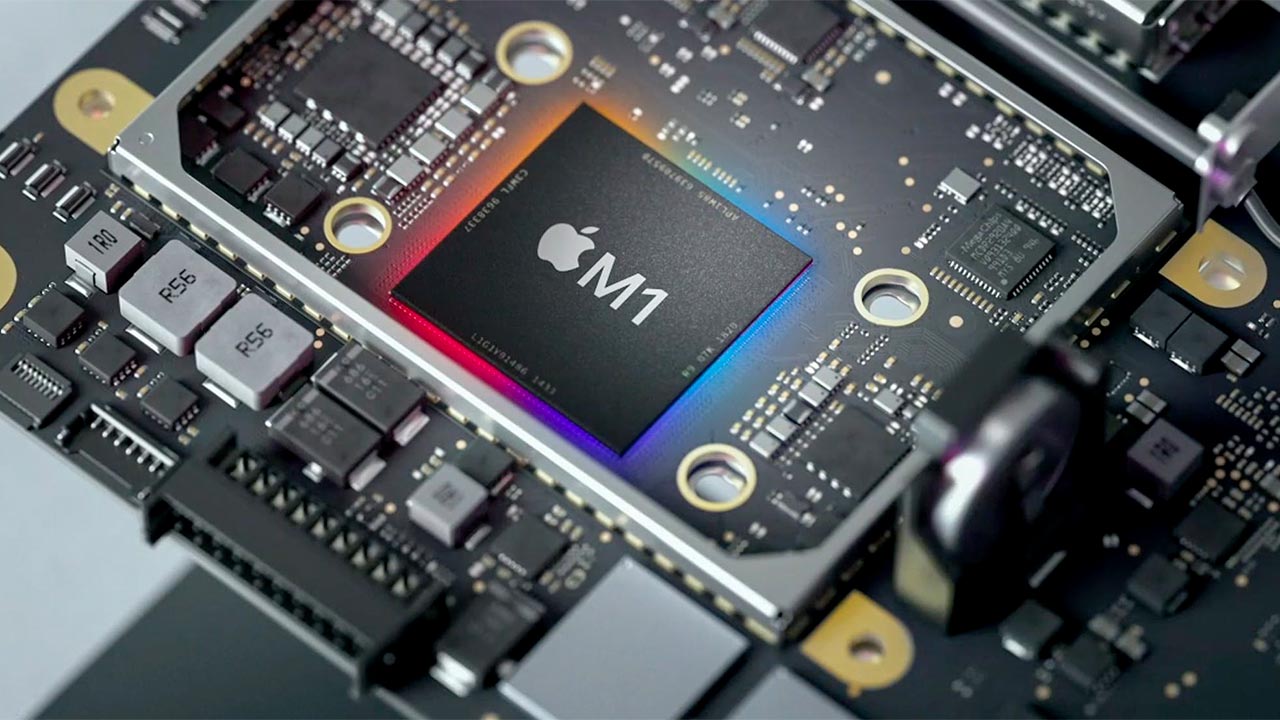Windows works on Macs with M1 chips: a developer manages to virtualize Windows for ARM
Source: HW Upgrade added 28th Nov 2020
Using QEMU a developer can virtualize Windows on new Macs with M1 chips. Nothing stable, but it is a first demonstration of the possibility of running Microsoft’s operating system on the new Apple processors
of Andrea Bai published on 27 November 2020 , at 17: 33 in the Apple channel
Apple Windows
Developer Alexander Graf managed to launch a virtualization instance for the Windows for ARM operating system on a Mac system equipped with the M1 chip , thus demonstrating the existence of the possibility – albeit for now only in the form of a “geek” experiment – to run the operating system of Microsoft on recent Apple systems equipped with internally developed processors.
Currently, we remind you, Macs with M1 chips do not offer official support for Windows and there is no utility like Boot Camp which allows Windows to run natively on new Apple machines. However, this is a possibility that was greatly appreciated with Macs equipped with Intel processors, and that many users would like to be able to exploit also with new systems.
It can be done!!! Windows for ARM on Macs with M1 chip
Graf used QEMU , an open source virtualizer, which allowed him to virtualize Windows for ARM on the M1 chip without having to perform any emulation. However, the developer pointed out that when Windows ARM 64 is virtualized on a Mac M1 it is then able to run the x applications in emulation 86. According to Graaf, the performance is not like that of Rosetta 2, but it would be very close to it.
Who said Windows wouldn’t run well on #AppleSilicon? It’s pretty snappy here 😁. #QEMU patches for reference: https://t.co/qLQpZgBIqI pic.twitter.com/G1Usx4TcvL
— Alexander Graf (@_AlexGraf) November 26, 2020
Developer could run Windows ARM 64 Insider Preview virtualizing it via Hypervisor.framework, a resource that Apple itself underlines is useful for interacting with virtualization technologies without having to write kernel extensions.
Graf then applied a custom patch to QEMU, known for being able to achieve “near native” performance when running guest code directly on the Host CPU. In other words: the Windows ARM version 64 can be virtualized on Mac M1s with minimal performance degradation and almost negligible. The developer is convinced that the experiment can be easily replicated. “It’s still early days, but my results are definitely reproducible – all patches are on the mailing list – but don’t expect a stable, fully functional system.” But, in any case, Graaf proved that Windows can work on Macs with M1 chips and documented the whole thing.
Craig Federighi, head of Software Engineering for Apple, recently pointed out. that the presence of Windows on Macs equipped with the new Apple Silicon processors “depends on Microsoft”. The M1 chip contains all the essential technologies to be able to run Windows, but Microsoft must decide whether to license its version of Windows for ARM to Apple users.
